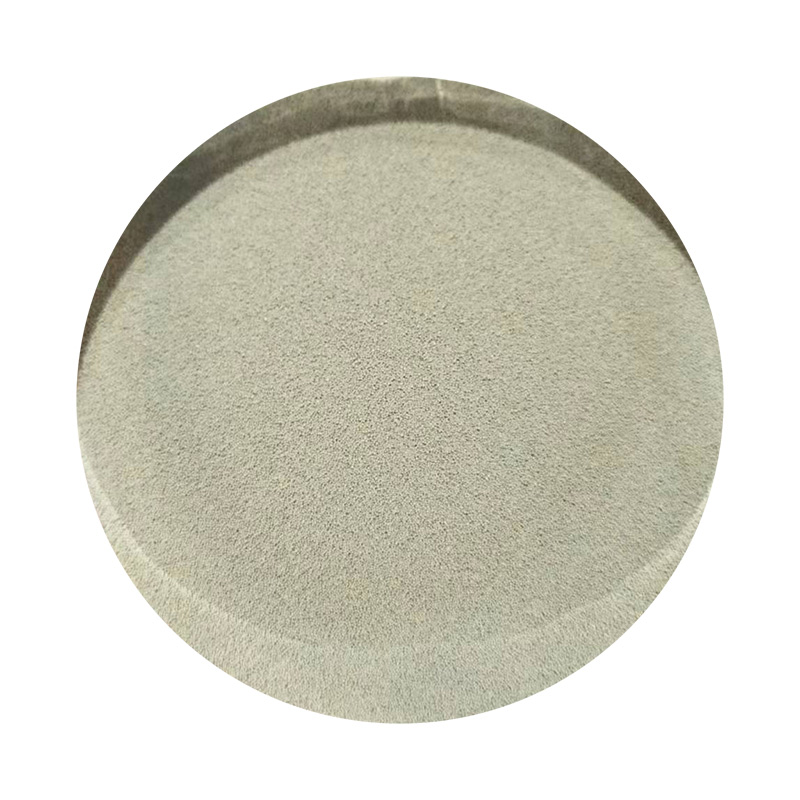3D Printed Sand Casting The Future of Manufacturing
The manufacturing industry has always been at the forefront of innovation, constantly evolving to meet the demands of various sectors. Among the latest advancements is 3D printed sand casting, a technology that merges traditional casting techniques with modern 3D printing capabilities. This innovative process is transforming the way manufacturers produce complex parts, offering numerous advantages in terms of efficiency, cost-effectiveness, and design flexibility.
What is Sand Casting?
Sand casting is a traditional metal casting process that involves creating a mold from a mixture of sand and a bonding agent. Once the mold is created, molten metal is poured into it to form the desired part. While this process has been widely used for centuries, it often requires significant time and labor to create molds, especially for intricate designs. This is where 3D printing comes into play, revolutionizing the sand casting industry.
The Fusion of 3D Printing and Sand Casting
3D printed sand casting involves using a 3D printer to create a mold using granular materials, typically sand. Unlike conventional methods that rely on physical patterns, this innovative approach allows for the direct production of molds from digital designs. This not only speeds up the production process but also enables the creation of highly complex geometries that would be challenging, if not impossible, to achieve using traditional methods.
One of the key technologies used in 3D printed sand casting is binder jetting, where a liquid binding agent is selectively deposited onto sand layers to build up a mold. This method is notable for its speed and precision, producing molds in a fraction of the time required for traditional techniques.
Advantages of 3D Printed Sand Casting
1. Speed and Efficiency Traditional sand casting can take several days to produce molds. In contrast, 3D printed molds can be designed and manufactured in hours. This rapid turnaround time allows manufacturers to respond quickly to market demands and reduce lead times for product development.
3d printed sand casting

2. Cost-Effectiveness The reduction in labor and material waste makes 3D printed sand casting a cost-effective solution. Since molds are produced directly from digital designs, there is less need for expensive tooling and fewer raw materials are wasted. This can lead to significant cost savings in high-volume production.
3. Design Flexibility One of the standout features of 3D printing is its ability to produce complex designs. Manufacturers can easily modify designs without the need for new patterns or molds, thus encouraging innovation and customization. This flexibility is particularly beneficial for industries such as automotive and aerospace, where performance and precision are critical.
4. Lightweighting The ability to create intricate designs enables manufacturers to optimize their parts for weight reduction without compromising structural integrity. This is increasingly important in sectors like aerospace where reducing weight can lead to fuel savings and improved performance.
5. Sustainability 3D printed sand casting is more environmentally friendly compared to traditional methods. The reduced material waste and the ability to use recyclable materials contribute to more sustainable manufacturing practices.
Challenges Ahead
Despite its many advantages, 3D printed sand casting is not without challenges. The technology is still relatively new, and standardization in processes and materials is needed to ensure consistent quality and performance. Moreover, while the initial cost of 3D printing systems can be high, the long-term savings often outweigh this investment.
Conclusion
3D printed sand casting represents a significant leap forward in manufacturing technology. Its ability to combine speed, cost-effectiveness, and design flexibility is reshaping the landscape of metal casting. As manufacturers continue to explore and harness the potential of this innovative process, we can expect to see a shift in how products are designed and produced in the 21st century. As industries advocate for faster and more sustainable practices, 3D printed sand casting may soon become the standard in metal manufacturing, paving the way for the future of production.
Post time:Septemba . 28, 2024 21:23
Next:Exploring the Riches of Gold-Infused Sands and Their Economic Impact
